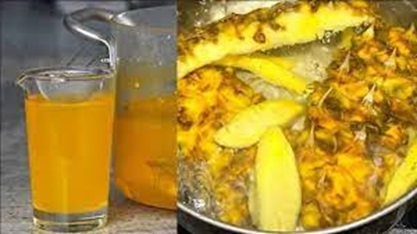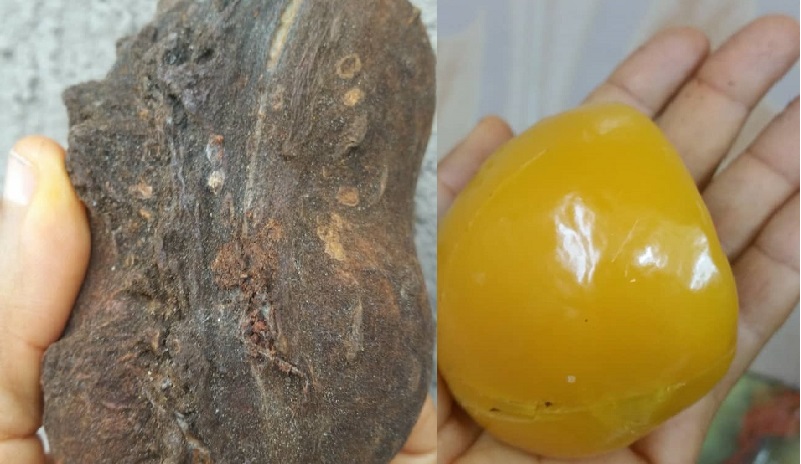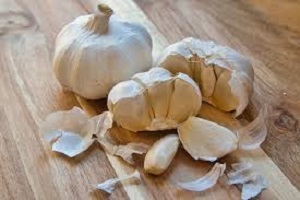Benefits of Boiling Pineapple Peels
Benefits of Boiling Pineapple Peels
Boiling pineapple peels can yield some surprising benefits:
Benefits of Boiling Pineapple Peels: Nutrient Extraction
Pineapple peels contain various nutrients, including vitamins, minerals, and antioxidants. Boiling them can extract these nutrients, allowing you to consume them in a concentrated form.
Benefits of Boiling Pineapple Peels: Digestive Health
Pineapple peels contain an enzyme called bromelain, which may aid in digestion by breaking down proteins.
Boiling the peels can help release this enzyme, potentially promoting better digestion and reducing bloating or discomfort.
Benefits of Boiling Pineapple Peels: Anti-inflammatory Properties
Bromelain also has anti-inflammatory properties, which may help alleviate inflammation and associated discomfort in conditions like arthritis or muscle soreness.
Benefits of Boiling Pineapple Peels: Immune Boost
The nutrients and antioxidants in pineapple peels, including vitamin C, can support immune function.
Boiling the peels allows these compounds to be extracted, potentially boosting your immune system.
Benefits of Boiling Pineapple Peels: Waste Reduction
Boiling pineapple peels is a way to reduce food waste. Instead of throwing away the peels, you can utilize them to extract their beneficial compounds.
Flavoring
Boiling pineapple peels can infuse water or other liquids with a subtle pineapple flavor, which can be enjoyable on its own or used as a base for beverages or cooking.
Skin Health
Some people use boiled pineapple peel water as a skin toner or rinse, attributing it to benefits like brightening the skin and reducing acne due to its vitamin C content and possible anti-inflammatory properties.
Remember, while there are potential benefits to boiling pineapple peels, it’s essential to ensure that you wash the peels thoroughly before boiling to remove any dirt or pesticides.
Additionally, if you have any allergies or sensitivities, it’s a good idea to consult with a healthcare professional before consuming or using pineapple peel extract.

What are pineapple peels?
Pineapple peels are the tough outer skin or rind of the pineapple fruit.
They are typically discarded when the pineapple fruit is consumed, but they can also be utilized in various ways due to their nutritional content and flavor.
The peel is usually thick and fibrous, with a rough texture compared to the juicy and sweet flesh of the pineapple fruit.
While the flesh is the main edible part of the pineapple, the peels can also be used in cooking, for making infusions or extracts, or even for composting to reduce waste.
Boiling pineapple peels
Boiling pineapple peels is a simple process that can be done to extract their nutrients and flavor. Here’s a basic guide:
Preparation
Start by thoroughly washing the pineapple peels to remove any dirt, debris, or pesticides. Cut off any remaining bits of pineapple fruit attached to the peels.
Cutting
Cut the pineapple peels into smaller pieces. This will help to increase the surface area, allowing for better extraction of nutrients and flavor during boiling.
Boiling
Place the pineapple peels in a pot and cover them with water. Bring the water to a boil over medium-high heat.
Simmering
Once the water is boiling, reduce the heat to low and let the peels simmer in the water for about 20–30 minutes. This will allow the nutrients and flavor to be extracted into the water.
Cooling
After simmering, remove the pot from the heat and let the water cool down to room temperature.
Straining
Once the water has cooled, strain out the pineapple peels using a fine-mesh strainer or cheesecloth. You can discard the peels or compost them.
Storage
Store the boiled pineapple peel water in a clean, airtight container in the refrigerator for up to a few days.
You can use it as a refreshing drink on its own or as a base for smoothies, cocktails, or other recipes.
Keep in mind that the flavor and potency of the boiled pineapple peel water may vary depending on factors such as the freshness of the pineapple peels and the duration of boiling.
Adjust the process according to your preferences and intended use. Enjoy experimenting with this simple and sustainable way to make use of pineapple peels!



